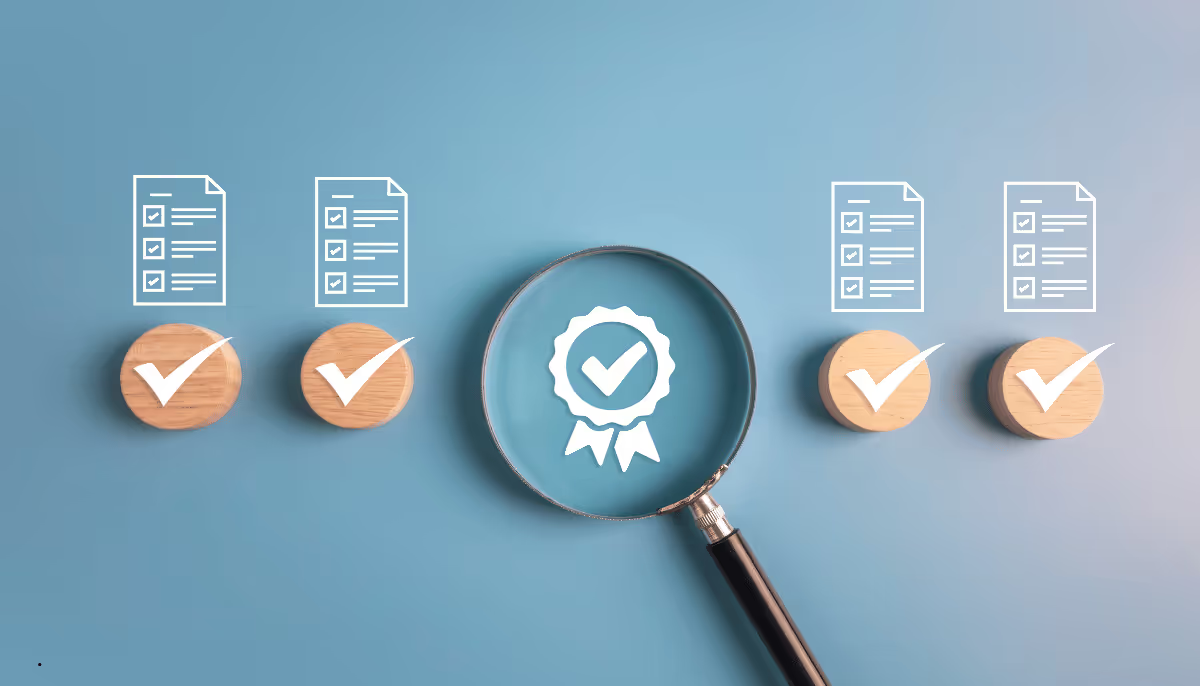Scoping a SOC 2 audit effectively is crucial for organizations to manage costs and resources while ensuring compliance. Rather than auditing every system, focus on those that process, store, or transmit customer data. Key steps include defining your core service, mapping essential systems, and applying filters to cloud accounts and subsidiaries. Avoid common mistakes like over-including systems and work closely with auditors to set clear expectations. Smart scoping not only saves money but also streamlines compliance efforts, ensuring audits are manageable and focused on what truly matters to customers.
Relevant Articles
View all






